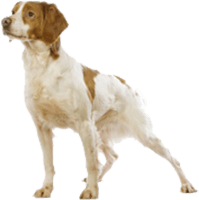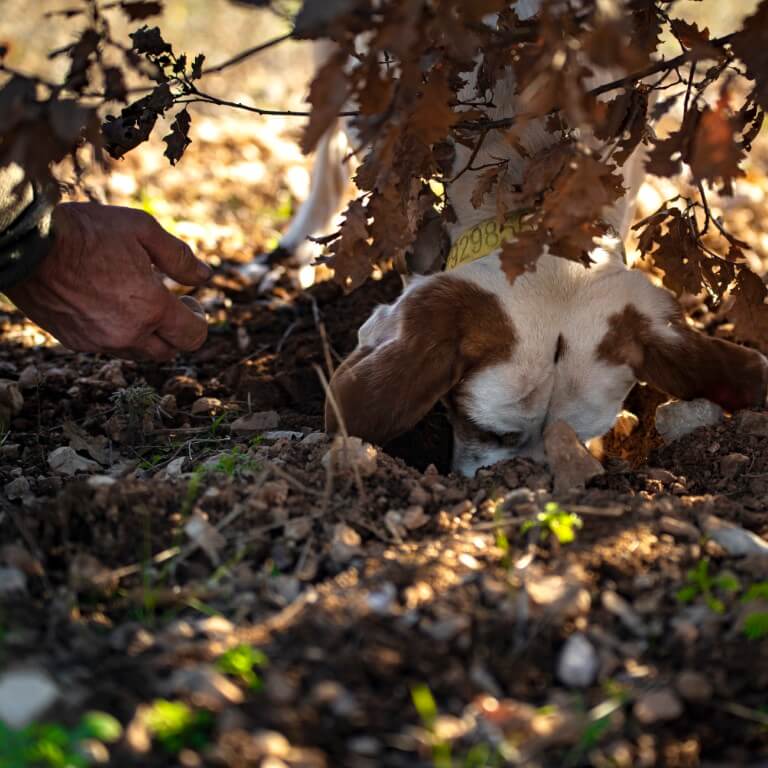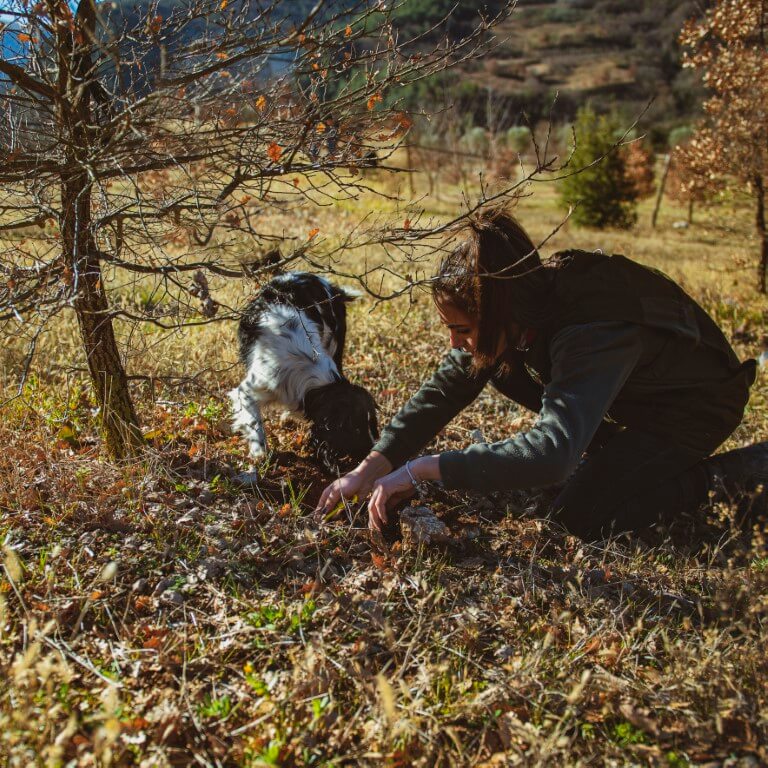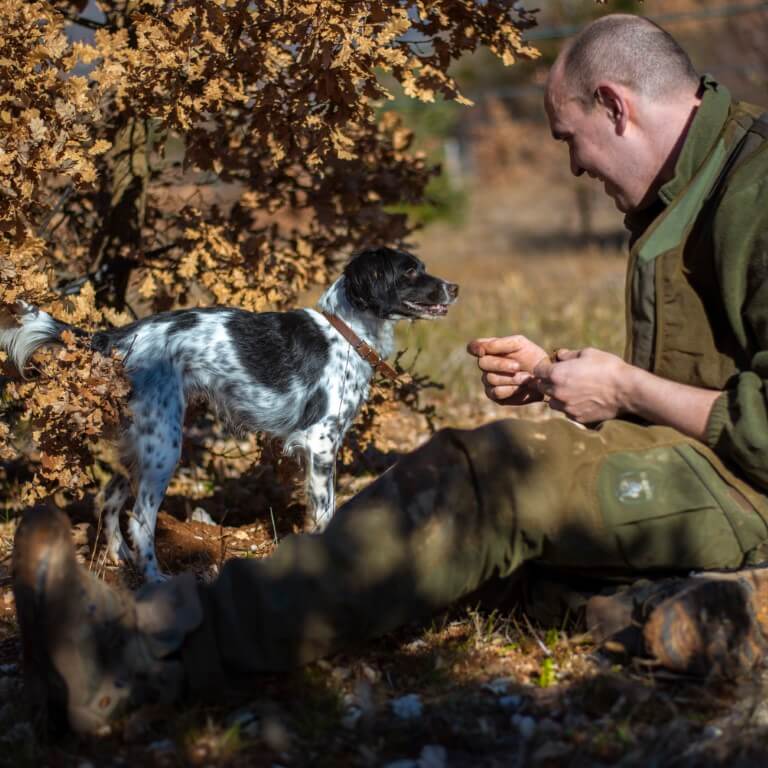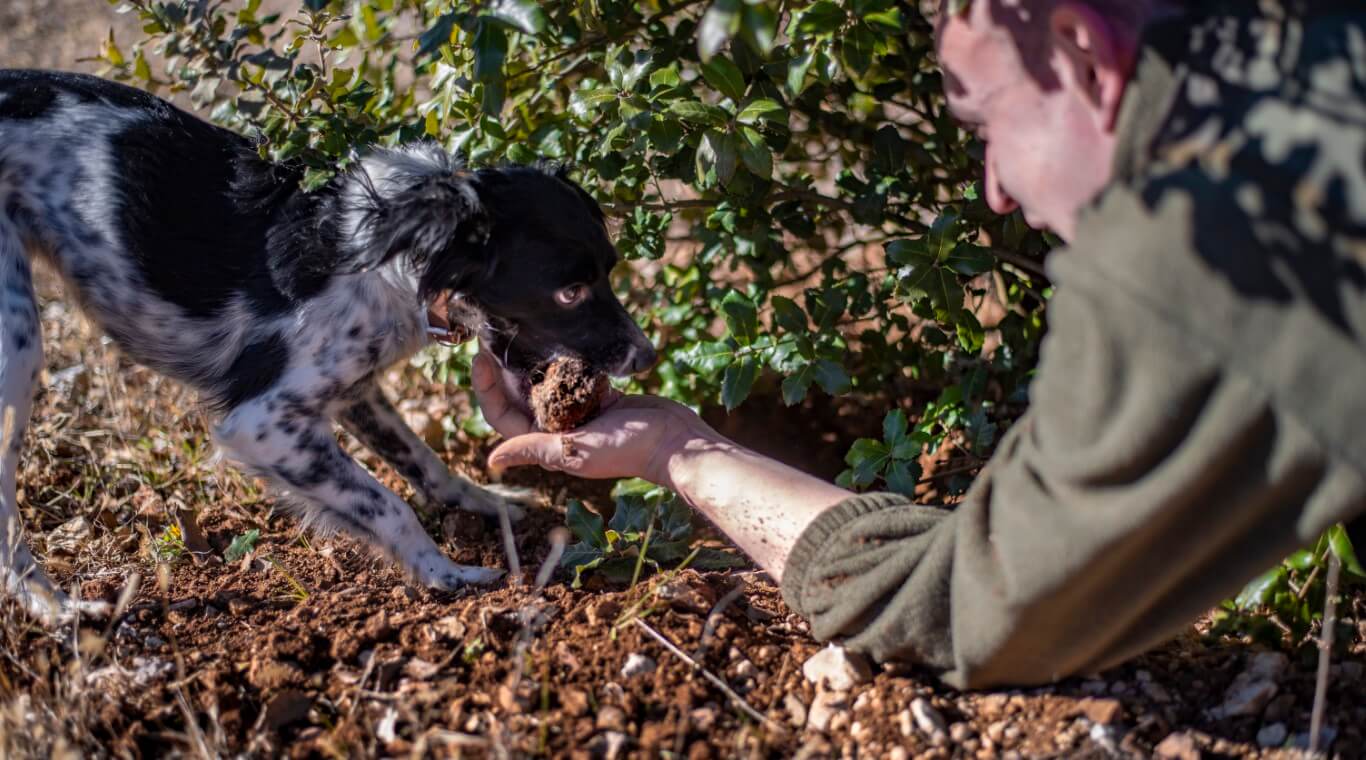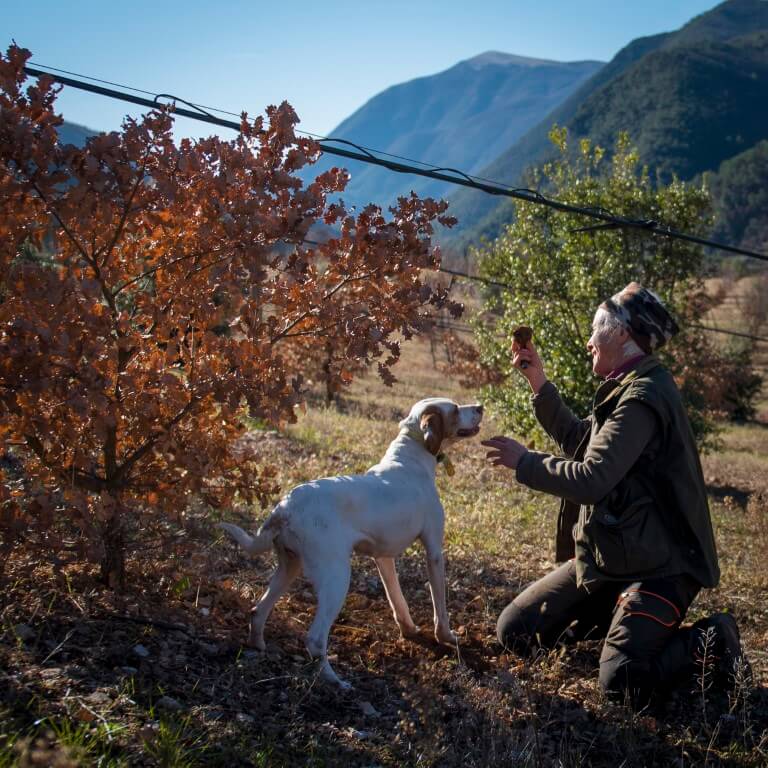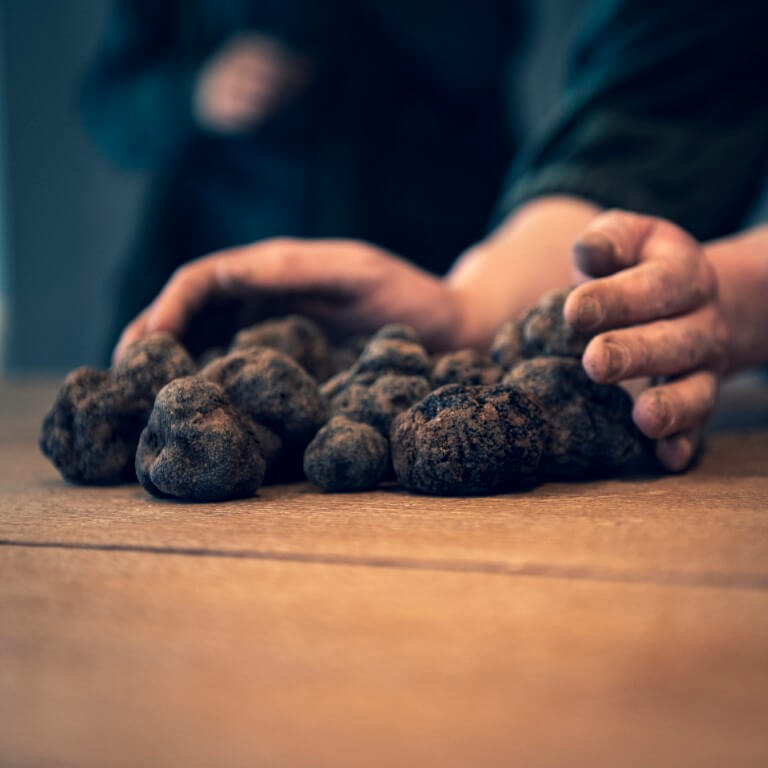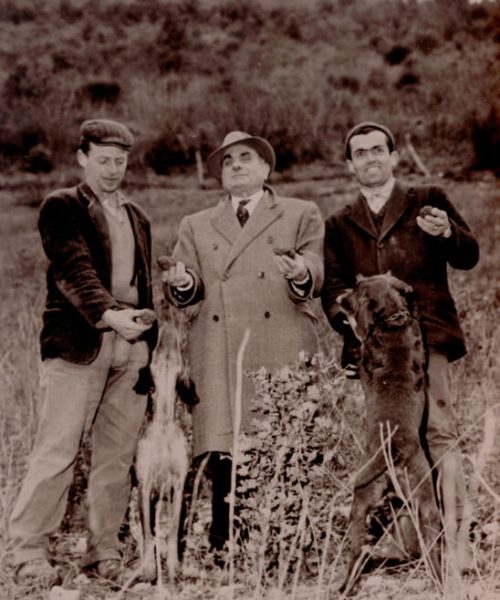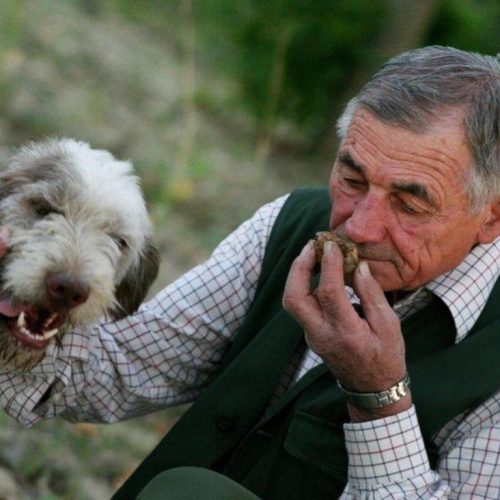Truffle hunting
Inscription in the UNESCO world heritage list
“Truffle hunting and extraction in Italy: traditional knowledge and practices”
Italy’s latest addition to UNESCO’s intangible cultural heritage
From today, our country has a new entry in UNESCO’s list of Intangible Cultural Heritage. It is “Truffle hunting and extraction in Italy: traditional knowledge and practices”. The application was presented by the National Italian Truffle Hunters’ Association (FNATI) and the National Association of Truffle Cities (ANCT).
The decision was taken at the Intergovernmental Committee for the Safeguarding of Intangible Cultural Heritage that is currently taking place in Paris and online (13-18 December 2021)
From the Earth to the Table
Strolling amongst oaks, beech and hazelnut trees, the only sounds are those of nature, far from the city and population centres, together with one of the closest friends you can have – a dog.
Together with your dog, and also a lot of patience, you go to look for one of the most unusual, mysterious and highly prized products of the earth – truffles.
This is truffle hunting, as it is known: a particularly beautiful activity, enjoyed in Italy and elsewhere.
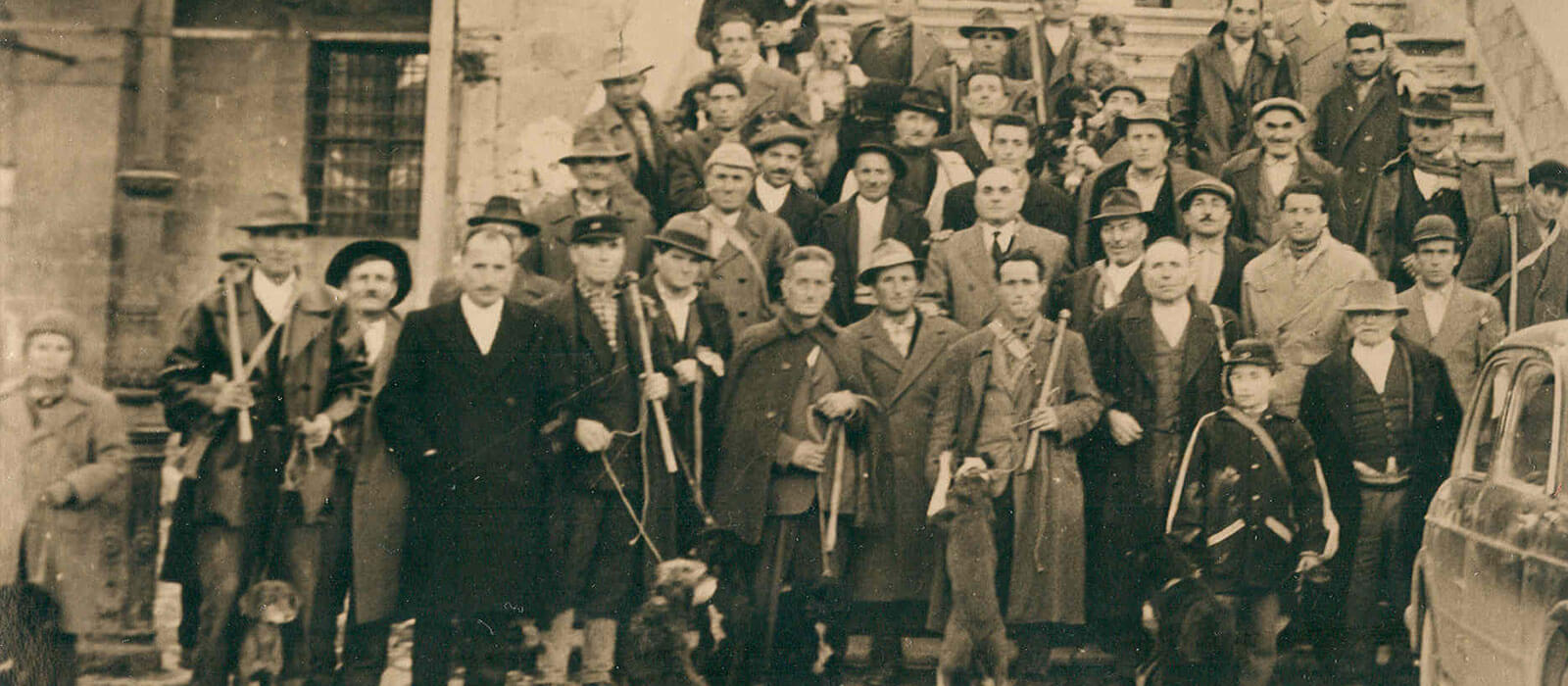
TREES AND TERRAIN SUITABLE FOR THE SPREAD OF TRUFFLES
Obviously, truffle hunting takes time, and as we have said, a lot of patience.
First of all, dogs have to be trained from when they are puppies to improve their nose to find these precious hypogeal fungi which live a few centimetres below the earth in proximity to specific trees.
The main species are ash, elm, maple, Cornelian cherry, rowan tree, broom, oak, hazelnut, the white and black hornbeam, the fir, chestnut, beech, larch, walnut, pine, black and white poplar.
However, the type of truffle that can be found varies according to the terrain. The best time to go out truffle hunting is at dawn during the summer, since intense heat means dogs tire easily.
But in winter it is better to go out when it is warmer, when the ground heats up allowing the scent of the truffle to escape.
Marly-chalky and marly-clayey soils produce the most-prized and expensive truffles, the white truffle and also the Tuber Magnatum Pico.
Whereas soils that are chalky and/or chalky/clayey, made up of granular elements some of which are finer than others and limestone fissures in marly material, sand and another filling materials are the ones most favoured by the black truffle, the Tuber Melanosporum Vittadini.
The summer truffle, also called Tuber Aestivum Vittadini, matures in terrain with decayed limestone, while the Tuber Uncinatum Chatin grows in limestone that normally has considerable organic substances present and the Tuber Brumale grows in limestone soil and the bianchetto or Tuber Albidum Pico, grows in sandy shore areas, or clay hills.
TRUFFLE DOGS
In the past, truffles were found using the help of pigs and their incredible sense of smell, but they have been replaced by dogs because pigs love truffles and it was difficult to get them to surrender any they have found.
In terms of dogs, the main breeds suitable for truffle hunting are the Lagotto Romagnolo, the Italian Bracco and the Pointer.
Other dog breeds used to dig up truffles include Labradors, Beagles, Setters, Cocker Spaniels and Brittanies.

LAGOTTO ROMAGNOLO

BEAGLE
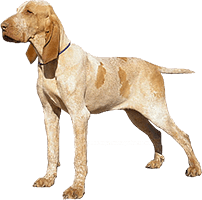
BRACCO
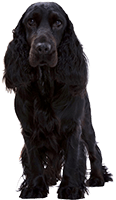
COCKER SPANIEL

LABRADOR
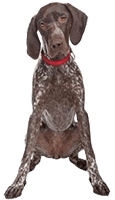
POINTER
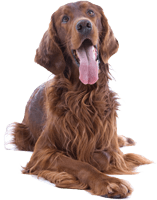
SETTER
